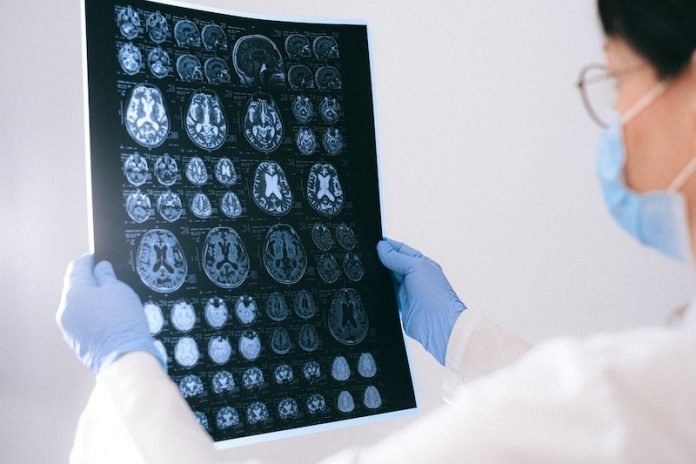
Brain cancers, in general, present many challenges when it comes to treatment.
The blood–brain barrier is the most significant factor working against us, because it leads to a drug delivery challenge.
This barrier is generally a good feature of the body’s design, a “security system” that protects the brain from threats like viruses or toxins that may be circulating in the bloodstream.
The downside is that it can also impede the delivery of cancer treatments to tumors in the brain and result in a limited portfolio of treatments available to use against brain cancer.
Only drugs that are very small and/or fat-soluble, as well as drugs that can be attached to proteins located in the walls of the brain’s blood vessels and transported, can cross the barrier and reach the brain.
Research is ongoing to discover new ways to penetrate this barrier and reach specific targets in the brain.
Another treatment challenge we face is the heterogeneity of glioblastoma tumors at the microscopic and genetic levels.
Although we may be able to target and kill visible tumor cells, a population of other types of cells in the tumor are resistant to the treatment and continue to proliferate. This results in treatments generally not having long-term success.
Glioblastoma is fast-growing brain cancer. As it progresses, it develops an infiltrative tumor that extends from the primary site, resembling threads of a spider’s web.
Depending on where the tumor is located, it can’t always be removed entirely by surgery.
With brain surgery, we don’t have the luxury of being able to cut out extra tissue as we do with some other solid tumors, because of the detrimental impact it would have on the neurological and cognitive functioning of the patient.
A maximal safe resection to remove as much tumor as possible without causing harm to the person or significant symptoms is often the goal. Consequently, surgery rarely cures glioblastoma.
The skull being a fixed shell presents another challenge in treating glioblastoma. Cancer therapies may cause tissues to swell. When we treat liver cancer, for example, the liver can swell in the abdominal cavity.
In the case of the brain, however, there is no place to expand because the skull is a hard shell. We have to be very careful about using treatments that could cause swelling of the brain, and that limits the treatments at our disposal.
Cutting-edge immune-based treatments, which have shown promise in several types of cancer, are still undergoing evaluation for glioblastoma.
The brain is what we call partially immune privileged, because it doesn’t have as robust an immune system as the rest of the body.
The immune response to brain tumors is generally weak, and cancer tends to circumvent the already limited immune response by making proteins to block the immune system or stimulating cells to suppress the immune system.
Nevertheless, some studies have shown that immune cells from other parts of the body can be summoned to fight off brain cancer, although that process is not yet well understood.
We do think immunotherapy of glioblastoma will eventually be possible, but it’s not going to be an off-the-shelf, already existing treatment.
Developing the right kind of immunotherapy treatment will require a better understanding of the mechanisms of the brain’s immune system and extensive research into optimizing proven immune-based treatments.
If you care about cancer, please read studies about nutrient essential for preventing cancer, boosting immune system, and why older people really need vitamin K.
For more information about cancer prevention, please see recent studies about omega-3 nutrient in fish can be a poison for cancer, and results showing vitamin D is critical to cancer prevention.



